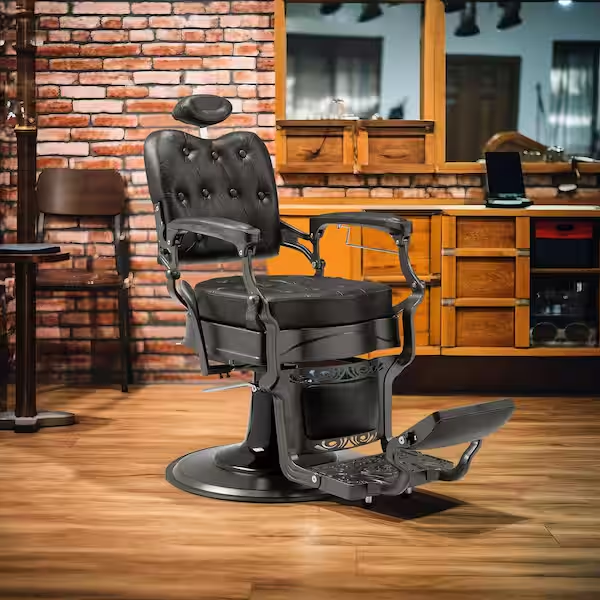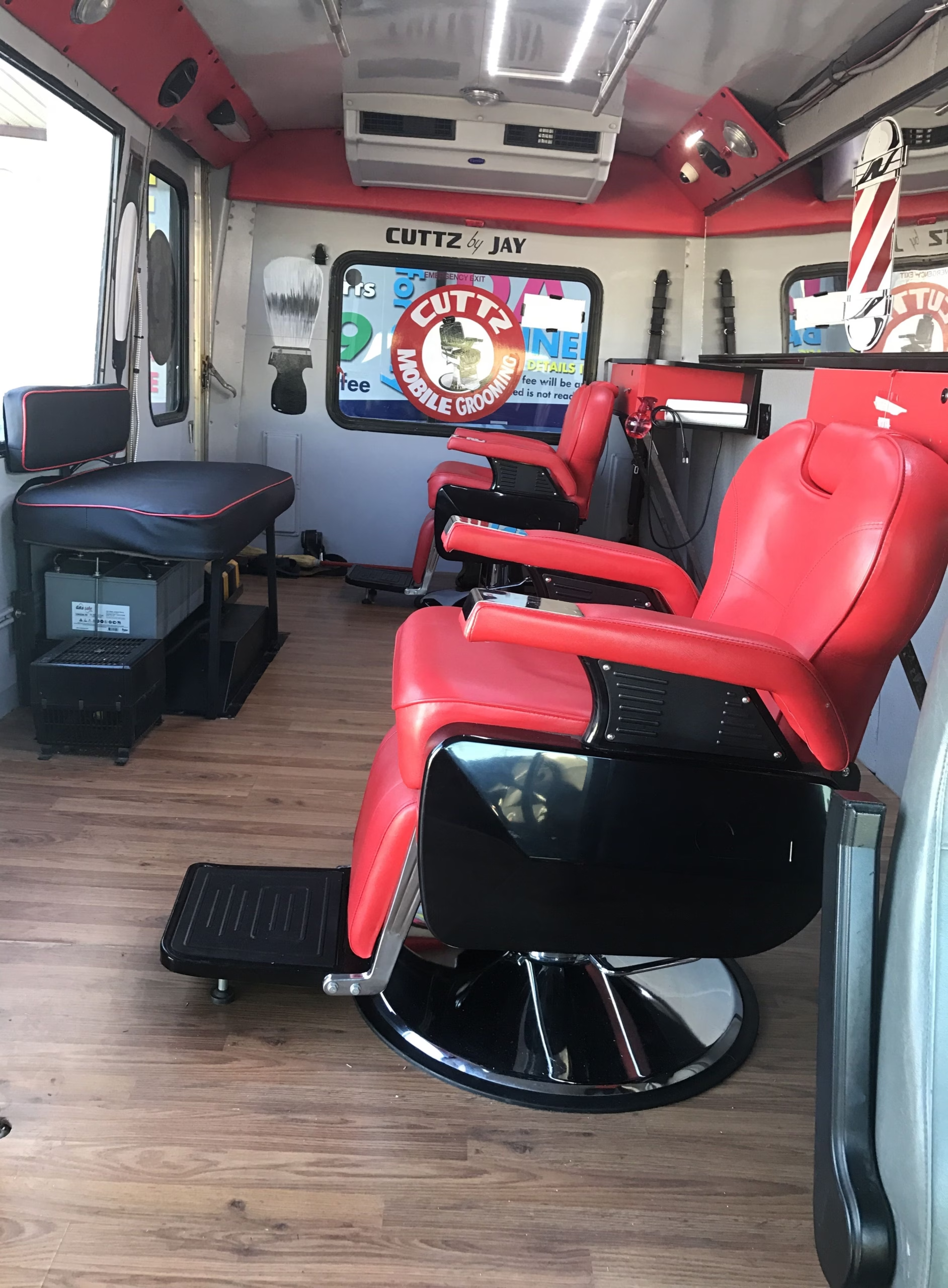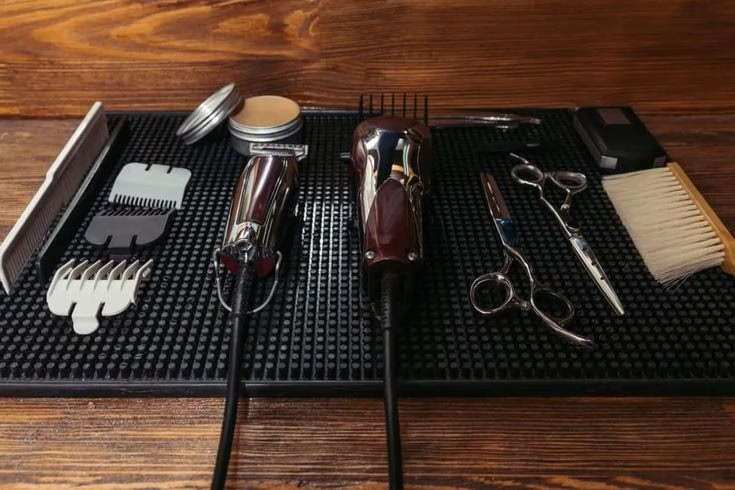Tools Every Barber Needs
Whether you’re a seasoned barber or just starting out, having the right tools is the foundation of a successful career. A well-stocked barbershop not only ensures precision haircuts and smooth shaves but also enhances client trust and retention.
In this comprehensive guide, we’ll cover:
** Styling and Grooming tools
** Sanitation & hygiene musts (e.g., sterilizers)
** Essential cutting tools (e.g., shears, clippers, trimmers, shavers)
By the end, you’ll know exactly what is essential and why each tool matters.
1. Cutting Tools: The Foundation of Every Great Haircut
A. Barber Shears
The most important tool for scissor cuts, texturizing, and detailing.
What to look for:
- Ergonomic handles (prevents hand fatigue)
- Adjustable tension (for customized control)

B. Thinning Shears (Texturizing Shears)
Best for removing bulk, blending fades, and softening harsh lines. remember that teeth count matters.
C. Hair Clippers (Corded vs. Cordless)
- Corded clippers (e.g., Wahl Legend) , reliable, consistent power.
- Cordless clippers (e.g., Andis Supra), freedom of movement.
- Must-have feature: Magnetic motor (quieter, less heat buildup).
D. Trimmers & Detailers
- For sharp edges: Andis T-Outliner, Wahl Detailer (crisp necklines & beard work).
- For skin fades: Babyliss Gold FX (zero-gapped for ultra-close cuts).
E. Shavers, Straight Razors & Safety Razors
- Shavers (e.g., Wahl professional 5 star vanish shaver)
- Straight razor (for traditional shaves): Requires honing/stropping.
- Safety razor (disposable blades): More hygienic, easier for beginners.
2. Styling & Grooming Tools
A. Blow Dryer & Flat Iron
- Blow dryer (ionic = less frizz): Styles pompadours, slick backs.
- Flat iron (1-inch plates): Fixes uneven cuts or cowlicks.
B. Combs & Brushes
- Cutting combs (fine + wide teeth)
- Clips: holding sectioned hair.
- Boar bristle brush: Distributes natural oils for shine.
3. Sanitation & Hygiene
A. Disinfecting Tools (Barbicide, UV Sterilizer)
- Barbicide jar: Soak combs, shears (10+ mins kills viruses, hepatitis).
- UV sterilizer: Extra protection for clipper blades.
B. Disposable Supplies
- Neck strips (prevent irritation from cape).
- Gloves (for shaves/skin contact).
C. Barber Capes
Capes protect client while getting a fresh cut, making sure they can go back to the office or whatever they were busy with without needing to change clothes.
4. Shop Setup & Extras
A. Barber Chair (Hydraulic vs. Classic)
- Hydraulic: Adjustable height (best for modern shops).
- Antique chairs: Vintage vibe (but less functional).

B. Towel Warmers & Hot Towel Cabinets
- Luxury touch: Opens pores for shaves, enhances relaxation.
C. Barbershop Payment System of your choice
You need a way to accept payment and keep record for financial reporting. There are a lot of options that you can chose from based on the scale and needs of your operation.
5. Mobile Barber?
- Portable stool (lightweight, foldable).
- Battery-powered clippers (no outlet needed).
- Mobile Barber Van (not initially needed)

Final Thoughts
Investing in quality barber tools pays off in client satisfaction, referrals, and reputation. Start with the essentials, then upgrade and expand as you grow. Checkout our post on the skills you need to be successful in barbering.
Latest Articles:
- The Perfect Chelsea NYC Day | A Sharp Cut & the Ultimate Neighborhood Day | Best Barber Near
- A Perfect Midtown East NYC Day | A Premium Cut & Conquering Midtown East | Best Barber Near
- Your NYC Upper West Side Day | Fresh Fade, Food and Exploration | Best Barber Near
- The Perfect Park Slope Day in Brooklyn, New York City | A Fresh Cut and Local Exploration | Best Barber Near
- The Perfect Day in Rose Hill, NYC | A Fresh Fade, Madison Square Park, Flatiron Building | Best Barber Near

Leave a Reply